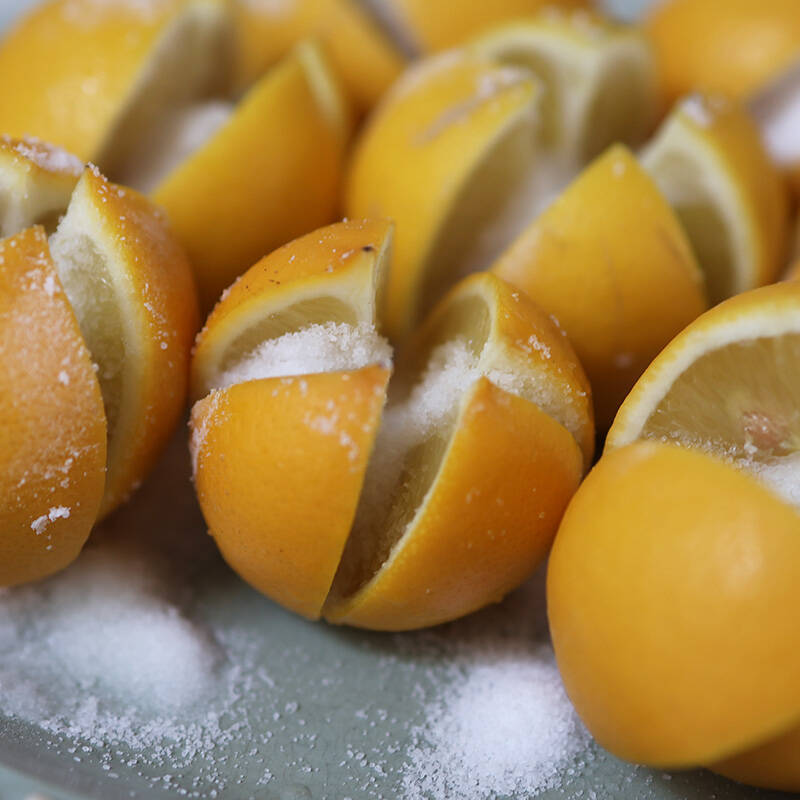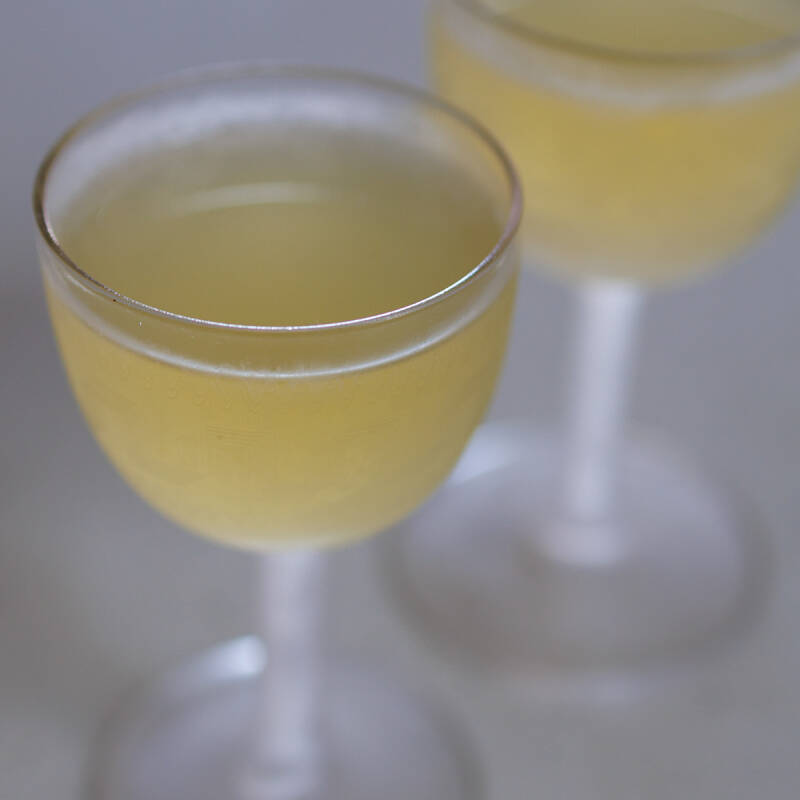Like a micro season of summer, “the time of ripened heirloom tomatoes” is finally here. It’s the height of good living, something to look forward to on our darkest and shortest days. Tomatoes share their time with ripened corn; they go together for the simplest kind of summer meals but also, with a bit more attention, as raw ingredients for tacos. Tim Mountz of Happy Cat Farm in the Brandywine Valley sells heirloom seeds and teaches courses, with the farm’s philosophy “Grow, Cook, Eat, Educate” perfectly bound up in the form of a home-grown, hand-held taco. Following is a preview in the words of Pennsylvania’s best-known taco farmer:
Photography by Valery Rizzo.

“I live in Kennett Square, Pennsylvania; half of the population is from Mexico. Our little town is packed with tacos, Mexican ice cream, tiendas and panadería. These small shops are the backbone of the local food economy.
“I have been fortunate enough to trade seeds and knowledge with my neighbors, so when we have staff meals on our farm once a week, tacos fill the need really nicely. People have called me a taco farmer or a pizza farmer, because we really only grow the vegetables that are associated with those things.

“If you’ve never had a taco that was made from freshly ground maize (corn’s real name), you really need to grind your own masa. If you really want to be blown away, you can go one step further and grow a heritage maize and make your own masa from that. I was lucky to be given some maize by a friend from Guerrero, Mexico, and it makes the most beautiful masa I have ever seen. This is one of the main reasons I started Happy Cat Farm School, to show people how much fun it can be to grow your own awesome ingredients, and turn them into food.

“If you spend time in my town you will start to see small, diverse plantings all over the place. Little plots planted in the milpa style. Called ‘three sisters farming’ by native peoples of the East Coast, the milpa uses maize as the backbone of the garden where beans, chilis, tomatillos, tomatoes, squash, and herbs all grow together in a system of fecund brilliance.

“After growing your own masa the next most important thing is to learn to grow your own salsa. You will only be eating the tip of the salsa iceberg… Most salsa ingredients are easy to grow: they include, but are not limited to tomatoes, chilis, tomatillos, squash, onion, and herbs. The tomatillo is the number one salsa ingredient you should be growing. We cultivate them the same way you would a tomato, and if you grow them from seed you don’t have to use only green ones—I grow nine varieties.

“Chilis. Another great part about growing your own tacos is you can grow such a great selection of chilis that you may not be able to find at local garden shops. Like the Chimayo, Pasilla, Guajillo, and many more. Chilis, dried and fresh, will give you such a great palate of flavor and range of heat that one could never find in a jar of store-bought salsa.


“Save room in the garden for some beans and a few squash, which play supporting roles here but are both important. The bean that gets the most attention is the Pinto, mostly refried, sometimes stewed. But, again, there are thousands of unused regional beans from all over Mexico, called frijoles de Correa. Squash blossoms with cheese tacos (or quesadilla) are some of the most amazing tacos I have ever had, and there are a few regional salsas that use squash in them.

“Lastly, you will need to cultivate some herbs. Cilantro is simple to grow, but always buy seeds and not plants, since most garden shop plants are stressed and your plant will go right to seed just after you re-plant it. But that is not a really bad thing because you can eat the flowers and the green seeds. Or let them dry: you grew your own cilantro seeds.

“For a real treat, try Pápalo cilantro; it will blow your mind. It tastes like cilantro mixed with Froot Loops, with brown butter on them. Herbs will be used both dried and fresh, as well as mixed into salsa. But more importantly, the aromatic crescendo, the cooking of the meat, will [pique] everyone’s hunger—but the smell of the cilantro will let them know it is time to eat.”

For more on growing vegetables, see:
- Gardening 101: When Can You Plant Tomatoes, Peppers, and Other Warm Weather Vegetables?
- 10 Things Nobody Tells You About Starting a Vegetable Garden
- Bespoke Vegetables: 7 Very Special Edibles Every Cook Should Grow








Have a Question or Comment About This Post?
Join the conversation